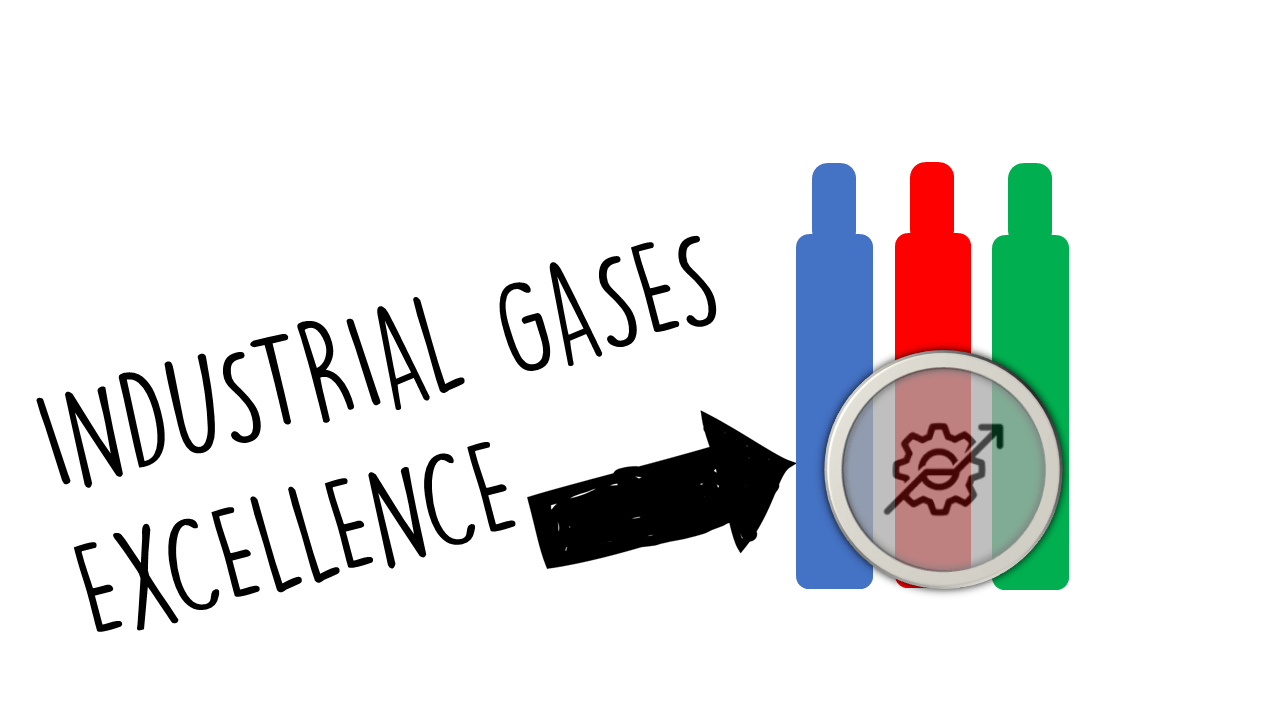An Open Business Model in the context of Industrial Gases Excellence is a flexible, collaborative framework that encourages transparency, innovation, and shared value creation among various stakeholders, including customers, suppliers, partners, and even competitors.
This model allows companies within the industrial gases sector to leverage external ideas, technologies, and processes, promoting co-creation and collaboration for enhanced product offerings, operational efficiency, and market responsiveness.
Framing
Framing the Open Business Model involves highlighting its core principles and benefits for the industrial gases industry:
- Collaboration: Emphasizing the importance of partnerships and alliances to drive innovation and improve offerings, recognizing that no single entity has all the answers.
- Transparency: Establishing open communication channels with stakeholders to build trust, facilitating shared knowledge and co-development of solutions.
- Agility: Fostering a responsive organization that can rapidly adapt to changes in market demand, technology advancements, and regulatory requirements through agile practices and shared insights.
Re-Framing
Re-framing the Open Business Model entails shifting perspectives on traditional business practices to recognize the benefits of collaboration:
- From Competition to Co-Creation: Encouraging a mindset that values collaboration with competitors and partners as a means to enhance the entire industry’s innovation potential.
- From Closed Innovation to Open Innovation: Highlighting the benefits of engaging with external researchers, startups, and technology providers to bring new ideas into the organization rather than relying solely on internal R&D.
- From Proprietary Solutions to Customization: Fostering an environment where businesses focus on tailoring joint solutions that meet specific customer needs instead of promoting standard, one-size-fits-all products.
Actions
Partnership Development:
- Identify potential partners, including startups, universities, and research institutions, to foster joint development projects.
- Establish formal partnerships or alliances to share resources, knowledge, and technologies.
Open Innovation Platforms:
- Create platforms for external innovators and customers to contribute ideas, suggest improvements, and collaborate on new solutions.
- Host hackathons, innovation challenges, and workshops that encourage diverse stakeholders to brainstorm and develop new applications or products.
Flexible Business Models:
- Develop a portfolio of flexible service offerings that allow for customization based on customer feedback and collaborative input.
- Implement subscription or performance-based pricing models that adapt to customer needs and encourage ongoing collaboration.
Knowledge Sharing Initiatives:
- Establish forums or communities for sharing best practices and technological advancements across stakeholders, enhancing collective expertise.
- Publish white papers and case studies that document successful collaborative efforts and innovations.
Customer Engagement:
- Actively involve customers in the product development process through co-design sessions, feedback loops, and pilot programs.
- Foster a customer-centric culture, ensuring solutions are aligned with their evolving needs through continuous engagement.
Case Studies
1. Air Products – Collaborative Research Initiatives
- Challenge: To maintain a competitive edge in a rapidly evolving market.
- Action: Air Products engaged in strategic partnerships with universities and research centers to co-develop advanced separation technologies for gases.
- Outcome: This collaboration led to the development of innovative products that improved efficiency in hydrogen production while significantly reducing costs.
2. Linde – Open Innovation with Startups
- Challenge: The rapid pace of technological change necessitating agile adaptation.
- Action: Linde created an innovation challenge platform that invited startups to propose solutions for specific industry problems related to industrial gases.
- Outcome: Established successful collaborations with multiple startups that resulted in new products and services, enhancing Linde’s competitive positioning in the market.
3. Praxair – Strategic Customer Partnerships
- Challenge: Customers seeking more tailored solutions to meet their specific needs.
- Action: Praxair adopted a co-creation model, actively involving key customers in the design and development of customized gas mixtures and delivery systems.
- Outcome: This approach not only increased customer satisfaction but also improved customer retention and opened up new revenue streams.
4. Messer – Knowledge Sharing with Industry Peers
- Challenge: Overcoming barriers to innovation within silos.
- Action: Messer initiated forums for industry peers and suppliers to share best practices and technological advancements related to sustainability in industrial gas production.
- Outcome: Greater collaboration led to the development of more efficient and sustainable production methods that benefited the entire industry.
Conclusion
The Open Business Model presents a significant opportunity for companies in the industrial gases sector to embrace collaboration, transparency, and agility as foundational elements of their operations.
By framing this model around the principles of partnership and shared value, organizations can enhance their innovation capabilities, respond more effectively to market demands, and build strong relationships with stakeholders.
Re-framing traditional business paradigms to prioritize co-creation and open innovation will empower companies to harness diverse insights and expertise, ultimately leading to the development of customized solutions and enhanced customer satisfaction.
Through targeted actions such as partnership development, engaging customers, and creating open innovation platforms, businesses can successfully implement an Open Business Model. The case studies of leading companies demonstrate that collaborative efforts can be transformative, driving innovation and improving market competitiveness.
By adopting an Open Business Model approach, companies within the industrial gases industry can achieve excellence, ensuring sustainable growth and value creation in an increasingly interconnected world.





